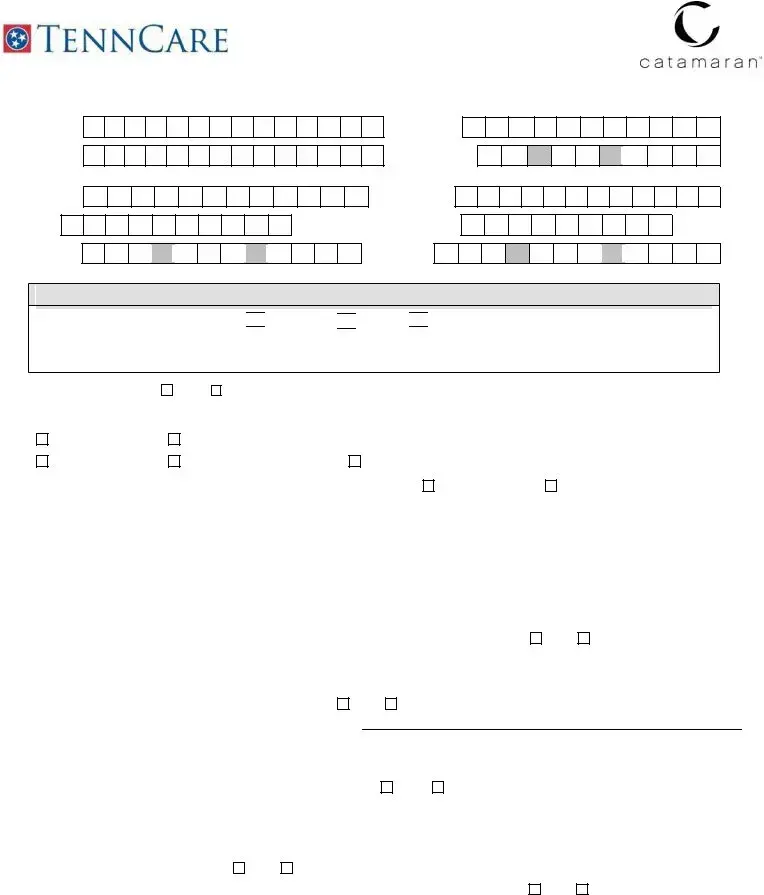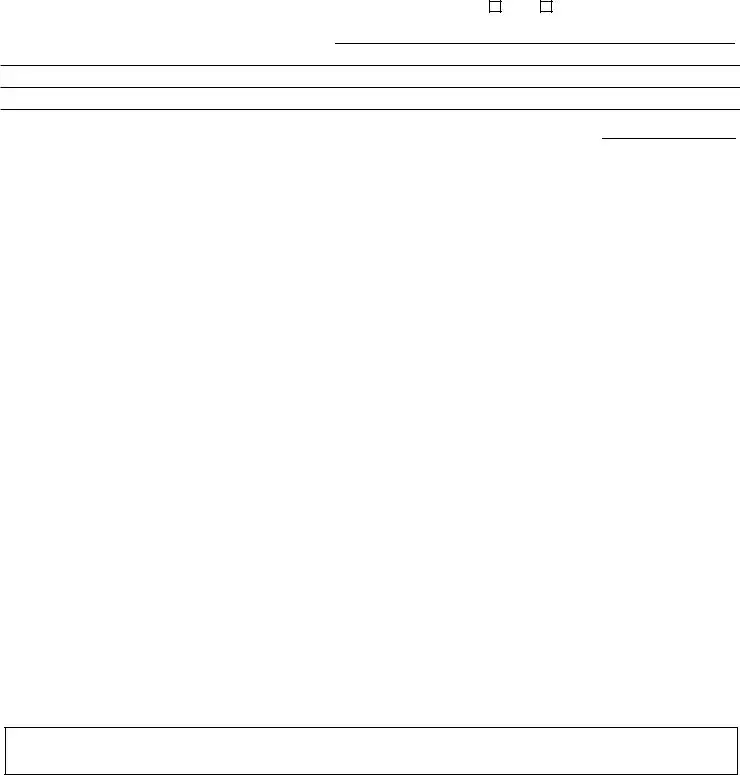1. What is the purpose of the Catamaran Prior Authorization form?
The Catamaran Prior Authorization form is used by healthcare providers to request approval for specific medications, such as Provigil® and Nuvigil®. This authorization ensures that the prescribed medication is medically necessary and meets the clinical criteria set by the insurance provider. Completing the form accurately helps to expedite the approval process.
2. Where can I find the Prior Authorization forms?
All Prior Authorization forms are available online. They can be accessed through the following link: Catamaran Provider Portal. It is crucial to use the correct form for each medication to avoid delays.
3. What information is required to be filled out on the form?
The form requires essential information, including the member's name, ID number, and date of birth, as well as the prescriber's name, NPI number, and DEA number. Additionally, you must specify the requested medication, dosage, duration of therapy, and any clinical criteria documentation needed to support the request.
4. What happens if I submit an incomplete or illegible form?
Submitting an incomplete or illegible form may delay the Prior Authorization process. It is vital to ensure that all sections of the form are fully completed and that the handwriting is legible. Double-checking the information before submission can prevent unnecessary delays in receiving the authorization.
5. How long does it take to receive a response after submitting the form?
Catamaran aims to provide a response within 24 hours of receiving the completed Prior Authorization form. Prompt submission of the correct information can facilitate timely processing.
6. Can the Prior Authorization request be backdated?
Yes, there is an option on the form to request backdating the Prior Authorization, which would allow the authorization to take effect from a specified earlier date. However, the reason for backdating must be justified clearly along with the request.
7. Is it necessary for the prescriber to sign the form?
Yes, the prescriber must sign the form. By signing, the physician confirms that the information provided is accurate and can be verified through patient records. This signature is a crucial part of the authorization process.
8. What should I include as clinical criteria documentation?
It is important to only include the documentation specifically requested on the form. This may involve details about the diagnosis, previous treatments, and any trials of other medications. Including extraneous information can lead to complications in the approval process.
9. What if the required diagnosis is obstructive sleep apnea?
If the diagnosis is obstructive sleep apnea or hypopnea syndrome, the form requires additional questions, such as whether a sleep study has been conducted and evidence of compliance with any prescribed devices like BiPAP or CPAP. This information is critical for assessing the medical necessity of the requested medication.
10. How do I submit the form after completing it?
Once the form is completed, it can be submitted via fax or mail. The fax number for submissions is 866-434-5523, and mailed requests should be sent to Catamaran PA Department, P.O. Box 3214, Lisle, IL 60532-8214. Ensure that the form is sent to the correct location for prompt processing.



 –
– 
 –
– 
 –
– 


 modafinil
modafinil 
 Nuvigil
Nuvigil 
 Provigil
Provigil